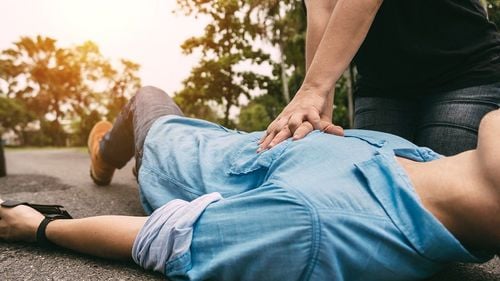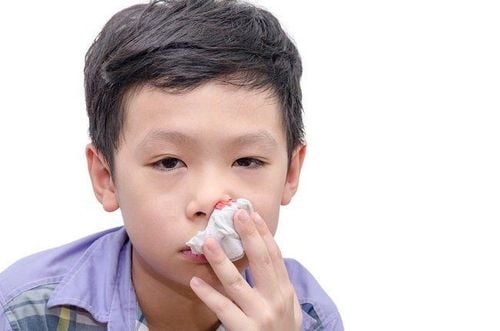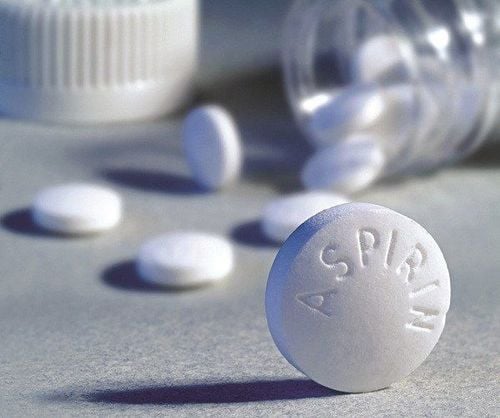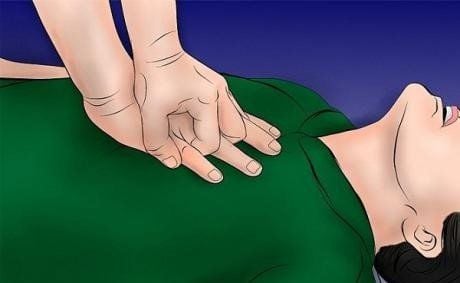This is an automatically translated article.
The article is professionally consulted by Master, Doctor Vu Huu Thang - Emergency Resuscitation Doctor - Emergency Resuscitation Department - Vinmec Ha Long International General Hospital. The doctor has nearly 10 years of experience in Emergency Resuscitation.There are many different shock states, in which circulatory shock (called occlusive shock) is a disease caused by insufficient blood supply to the cells. It is very important to take first aid steps for a person in shock to prevent blood loss and keep the victim's body temperature.
1. Causes of body shock
Shock is a serious condition where blood flow suddenly stops flowing through the body, causing the organs not to receive enough blood and oxygen. A pathological shock (which is different from an emotional state of shock) can cause symptoms that affect the body's circulatory system, leading to hypoxia in the arterial blood or cardiac arrest and respiratory arrest. Some possible causes of shock include:Trauma; Sun stroke ; Bleed; Allergic reaction; Severe infections; Poisoning; Severe burns . If left untreated, the anemia and oxygen starvation caused by shock can lead to permanent organ damage, multiple organ failure syndrome, or even death.
2. Manifestations of shock
The earlier the signs of shock are identified, the more effective first aid will be. Signs of shock can range in size, from the early stages of formation, to the climax, and to the end. Although symptoms of shock can vary from person to person, alertness or loss of consciousness depends on the specific circumstances, but the main ones are:Cold, moist and pale skin; Pale lips or fingernails (if the patient has dark skin, these areas turn gray); Fast and weak pulse, below-average blood pressure; Hyperventilation, rapid deep breathing or slow, shallow breathing; Nausea or vomiting; The pupils are dilated, the eyes are lost, staring blankly; Weakness and fatigue; Feeling dizzy, sometimes fainting; Mental or behavioral changes, such as confusion, anxiety or agitation, restlessness and anxiety. Usually, when entering the final stage of the climax, the victim will lose consciousness, not have a pulse, show signs of multiple organ failure and even cardiac arrest.

3. How to give first aid to someone in shock
If you find a person showing signs of shock, call the emergency number of a medical facility immediately. Then, immediately take the following first aid steps:Lay the patient down and raise the legs about 15 - 30cm off the floor. However, if this position can cause pain or further injury to the person in shock, it is advisable to be flexible to lie flat. Keep the patient still and limit movement unless absolutely necessary. Initiate CPR and infarct if the person has no signs of life, such as a pulse, not breathing, coughing, or chest movements. Loosen belts and tight clothing for comfort. Cover the patient with a blanket to keep him warm if necessary. Do not give the shocked person anything to eat or drink, even if the person is thirsty. If the patient shows signs of vomiting or starts bleeding from the mouth, it is necessary to turn the body to one side to avoid choking, aspiration of vomit and blood. It should be noted that this maneuver should not be performed when it is suspected that the victim is also suffering from a spinal cord injury. First aid for other injuries, if any, such as stopping bleeding or immobilizing broken bones.
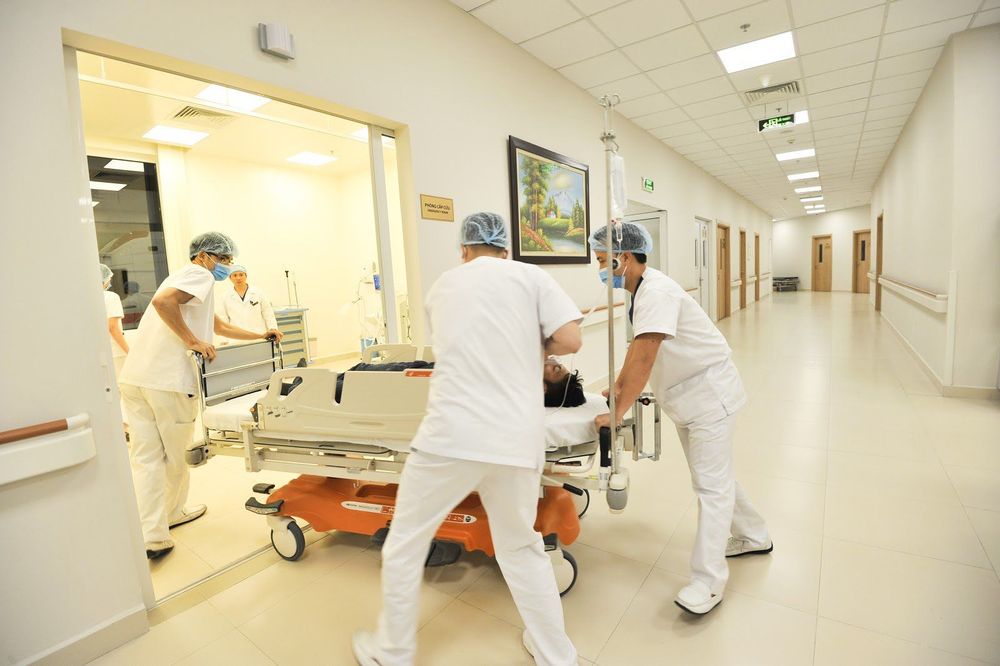
To shorten the time to reach patients, Vinmec International General Hospital has developed a methodical outpatient emergency program. The specialized ambulances are equipped with modern equipment with professional ventilator systems, continuous monitoring of vital indicators, automatic electric shock machines, and specialized bandages for ordinary and multi-trauma emergency. .. With these specialized equipment, the time to get ready is shortened to the maximum, the Hospital can react and export the vehicle immediately when there is a request to shorten the time to approach the patient.
The team of doctors and medical staff is fully and methodically invested in first aid and advanced first aid, able to respond in any situation. In addition, effective support for the Emergency Department is a team of professional secretaries and interpreters in Russian, Chinese, English, French and Malaysian with experience in translation in the medical field.
Please dial HOTLINE for more information or register for an appointment HERE. Download MyVinmec app to make appointments faster and to manage your bookings easily.






